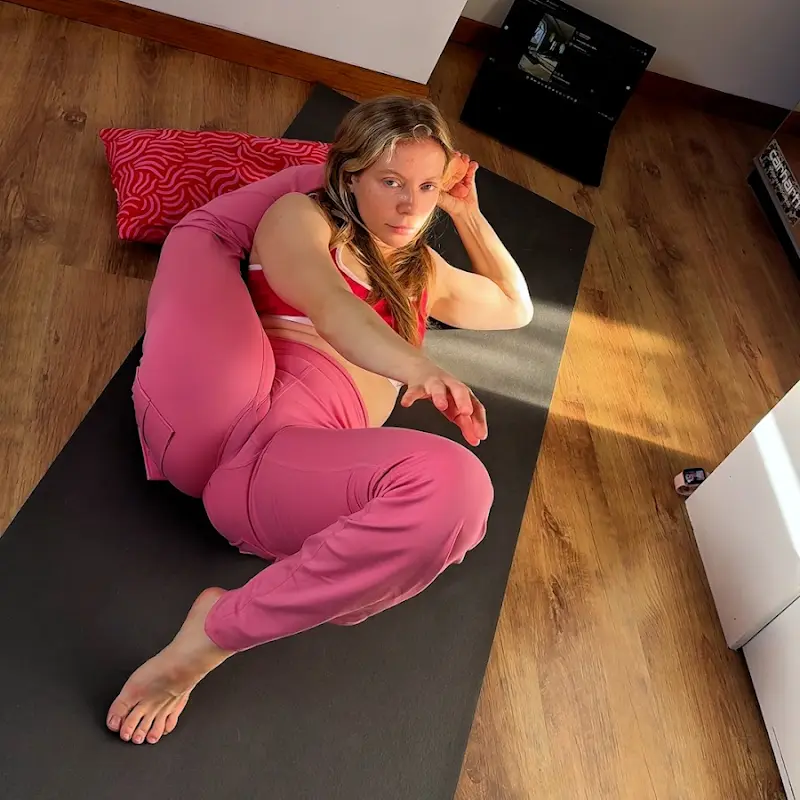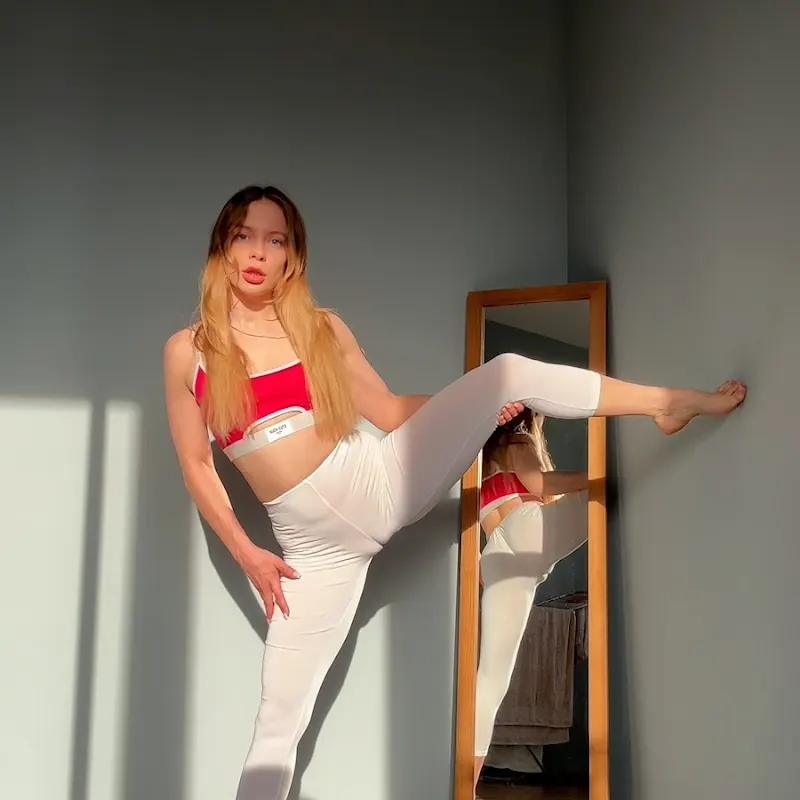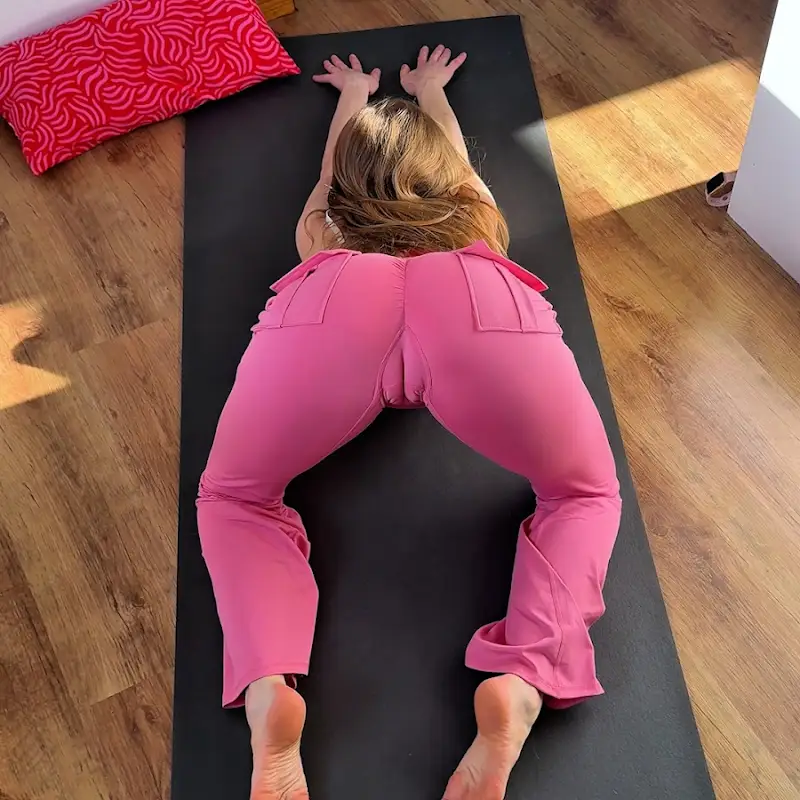
Stretching and working out are two sides of the same coin. While workouts build strength, endurance, and power, stretching enhances flexibility, mobility, and recovery. Together, they create a complete routine that supports overall fitness, prevents injuries, and keeps the body balanced and pain-free. Whether you’re lifting weights, running, or practicing yoga, combining stretching and exercise can transform not just your body—but also your mind.
1. Why Stretching Matters
Stretching is often seen as something optional—something people do quickly before or after a workout. But in reality, stretching is one of the most important parts of any fitness routine. It helps prepare the body for physical activity by increasing blood flow to the muscles and improving joint mobility.
When you stretch, you lengthen the muscles and tendons, allowing for a wider range of motion. This not only improves performance during exercise but also reduces the risk of injury. Tight muscles can lead to imbalances, joint strain, and even chronic pain. For example, tight hamstrings can pull on the lower back, causing discomfort. Stretching releases that tension and helps the body move naturally.
Another major benefit is improved circulation. Stretching increases oxygen flow to the muscles, helping them recover faster and perform better. It also reduces soreness and stiffness after intense workouts. In short, stretching keeps your body agile, your movements smooth, and your energy levels high.

2. The Power of a Good Workout
Workouts strengthen the heart, tone muscles, and build endurance. They boost metabolism, help manage weight, and improve mental health. But not all workouts are the same—each type serves a unique purpose.
- Strength training builds muscle mass and bone density.
- Cardiovascular workouts such as running, swimming, or cycling strengthen the heart and lungs.
- Flexibility and mobility exercises, including yoga and Pilates, focus on balance and control.
- Functional workouts mimic everyday movements, helping the body stay capable and resilient.
No matter the goal—whether it’s losing weight, gaining muscle, or improving health—a well-balanced workout plan includes a variety of exercises. But the key to making it sustainable is pairing it with proper stretching before and after.
3. Stretching Before a Workout
Before diving into any exercise, warming up and stretching are crucial. The best type of stretching to do before a workout is dynamic stretching—active movements that prepare the muscles for performance.
Examples include:
- Arm circles
- Leg swings
- Walking lunges
- Hip rotations
- Torso twists
Dynamic stretches raise your heart rate and gently loosen your muscles. They mimic the movements you’ll perform in your workout, which helps the body transition smoothly from rest to activity.
For instance, runners can do leg swings and hip rotations to warm up their hips and hamstrings, while weightlifters can use shoulder rotations to prepare their joints for lifting. Dynamic stretching not only prevents injury but also enhances strength and coordination during the workout.

4. Stretching After a Workout
After your workout, your muscles are warm and pliable, making it the perfect time for static stretching—holding stretches for 20 to 60 seconds to deepen flexibility and release tension.
Some great post-workout stretches include:
- Seated forward fold for the hamstrings and lower back
- Quad stretch while standing
- Child’s pose to relax the spine
- Chest opener to release the shoulders
- Cat-cow stretch to maintain spinal mobility
Static stretching helps muscles return to their resting length and reduces soreness. It also sends a calming signal to the nervous system, helping you relax after an intense workout. Think of it as a cool-down ritual that allows your body to absorb the benefits of your exercise.
5. Balancing Strength and Flexibility
A strong body without flexibility can feel stiff and prone to injury. On the other hand, a flexible body without strength can feel weak and unstable. True fitness lies in balance.
When strength training, muscles contract and shorten. Without regular stretching, this can reduce range of motion. Stretching maintains elasticity, allowing muscles to work efficiently and stay healthy.
For example, people who lift weights often experience tight shoulders or hips. Incorporating stretching into their routine helps maintain posture and prevents stiffness. Similarly, yoga enthusiasts benefit from adding resistance training to build strength and support their flexibility.
The body thrives when these two elements—strength and flexibility—work together. It moves more efficiently, feels lighter, and performs better in daily life.

6. The Mind-Body Connection
Stretching and working out aren’t just physical—they deeply affect the mind as well. Exercise releases endorphins, the body’s natural “feel-good” chemicals that lift your mood and reduce stress. Stretching enhances this effect by calming the mind and releasing built-up tension.
When you stretch slowly and breathe deeply, your heart rate decreases, your nervous system relaxes, and your focus improves. It’s a meditative process that encourages mindfulness—being present in your body, aware of each movement and sensation.
Yoga, in particular, beautifully combines stretching, strength, and breath. It teaches you to connect the physical and mental, building inner peace and outer strength simultaneously.
Taking just ten minutes at the end of your day to stretch can dramatically improve sleep, reduce anxiety, and boost emotional balance.
7. Tips for a Safe and Effective Routine
To make the most of stretching and working out, follow these simple but important tips:
- Warm up first – Never stretch cold muscles; do light movements to get blood flowing.
- Breathe deeply – Don’t hold your breath during stretches; inhale through the nose, exhale through the mouth.
- Avoid bouncing – Stretching should be gentle, not forced. Bouncing can cause strain or injury.
- Listen to your body – Pain is a warning sign. Stretch only to the point of mild tension.
- Be consistent – A few minutes of stretching daily is better than one long session once a week.
- Combine both – Include both strength and flexibility work in your weekly schedule.

8. A Sample Routine to Try
Here’s a simple 30-minute balanced routine you can do anywhere:
Warm-up (5 minutes)
- March in place or light jog
- Arm circles
- Hip rotations
Workout (20 minutes)
- 10 squats
- 10 push-ups
- 10 lunges (each leg)
- 15-second plank
- Repeat 3 rounds
Cool-down & Stretch (5 minutes)
- Forward fold
- Quad stretch
- Seated twist
- Shoulder and chest stretch
- Deep breathing for 1 minute
This routine strengthens your muscles, boosts your heart rate, and ends with deep relaxation.
9. The Long-Term Benefits
When practiced consistently, stretching and working out together bring long-lasting benefits:
- Improved posture and alignment
- Greater strength and endurance
- Enhanced flexibility and coordination
- Faster recovery and fewer injuries
- Better sleep and stress relief
Over time, your body becomes more resilient, balanced, and efficient. Even daily tasks—like bending, lifting, or reaching—feel easier. And perhaps most importantly, you feel more confident in your body’s abilities.
10. Final Thoughts
Stretching and working out are not separate activities—they are partners in the journey toward a healthier, happier you. The workout challenges your body, pushing its limits. Stretching nurtures it, helping it heal, recover, and grow stronger.
When you make time for both, you create harmony—between strength and flexibility, effort and ease, energy and calm. Every stretch, every movement, every breath brings you closer to balance.
So next time you train, remember: don’t just work hard—stretch smart. Your body will thank you with strength, grace, and longevity. 🌿💪🧘♀️



